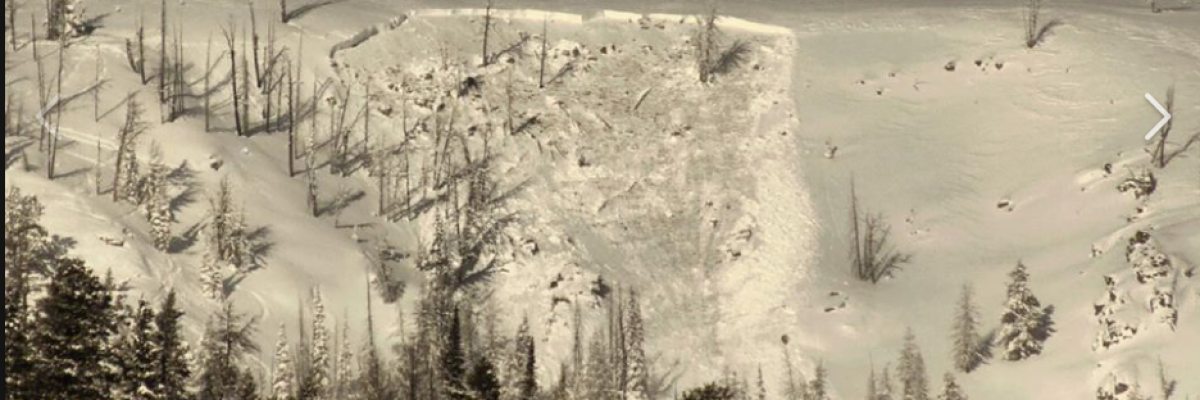The avalanche danger for the west central Montana backcountry is CONSIDERABLE in wind loaded terrain above 6500 feet and stout MODERATE in all other terrain.
Good morning, this is Jeff Carty with the West Central Montana Avalanche Center’s avalanche advisory for January 14, 2020. This danger rating does not apply to operating ski areas, expires at midnight tonight, and is the sole responsibility of the U.S. Forest Service.
Up to a foot of low-density new snow is being blown around by moderate to strong winds, creating windslab on a variety of surfaces. These are forming slabs that are sensitive to triggering and likely to be triggered by skiers and snowmobilers. Mostly smaller in size, D1-D2, these wind slabs could step down to deep, persistent weak layers that continue to plague our snowpack.
The base of our snowpack is still rotten, unsupportive, and weak. It is getting buried deeper and harder to trigger, but still showing a high propensity for propagation.
The slab on top is getting thicker and harder, which means that if these weak layers fail, avalanches will be bigger and more destructive. It is going to require care and patience for a while still. Warning signs such as whumphing and cracking on this layer have mostly disappeared, which could lead to a false sense of security. If it fails, it will likely be without warning.
While the likelihood of triggering a slide on this layer is slowly decreasing, the consequences are increasing. Remember, moderate means it is possible to trigger an avalanche. If you find the weak spot or trigger point, the resulting avalanche will most likely not be survivable. This slide at Lost Trail shows what this layer can do.
The bottom line:
Large deadly avalanches are possible, and their predictability is decreasing.
Be very cautious in the backcountry, stick to simple terrain, mostly under 30º, and investigate the snowpack for depth hoar. Assess snow depth, shallow areas may be easier to trigger. Avoid steep wind loaded terrain.
Enjoy powder in meadows and low angle trees.
Always carry your safety equipment — beacon, probe, and shovel.
If you want to increase your competence in avalanche terrain, check out our education page.
Help us understand the snowpack, submit your observations here.
Ski and ride safe














